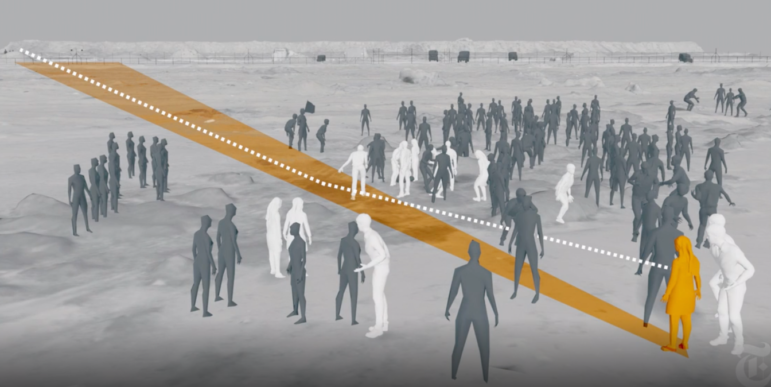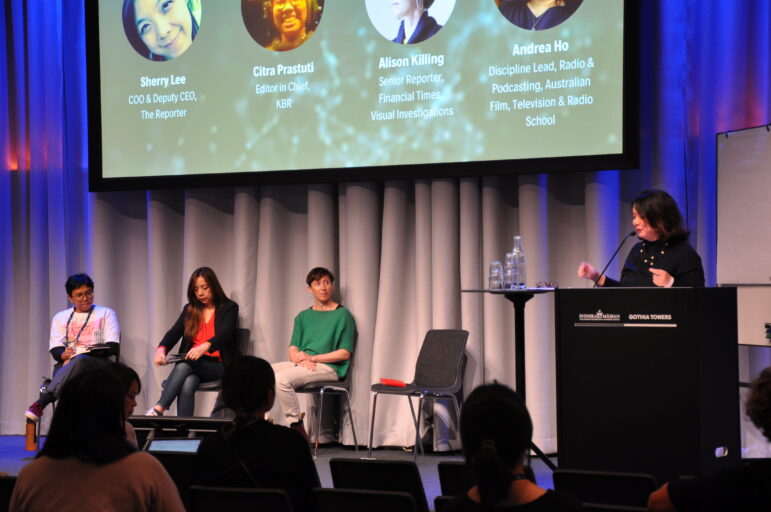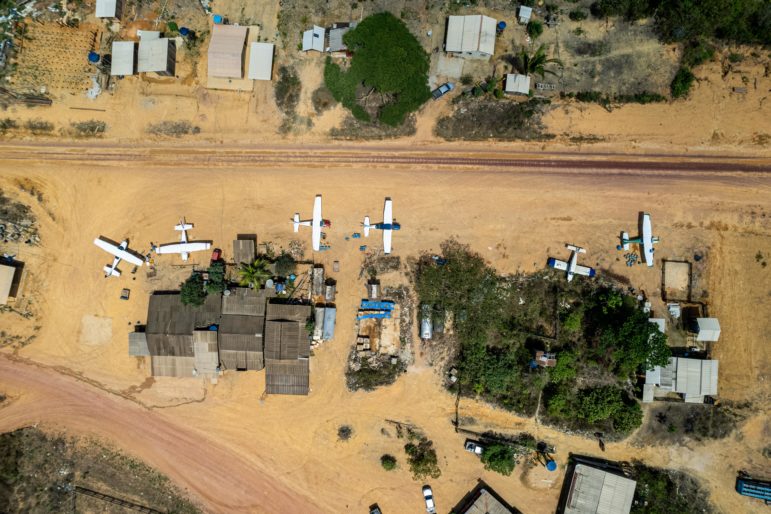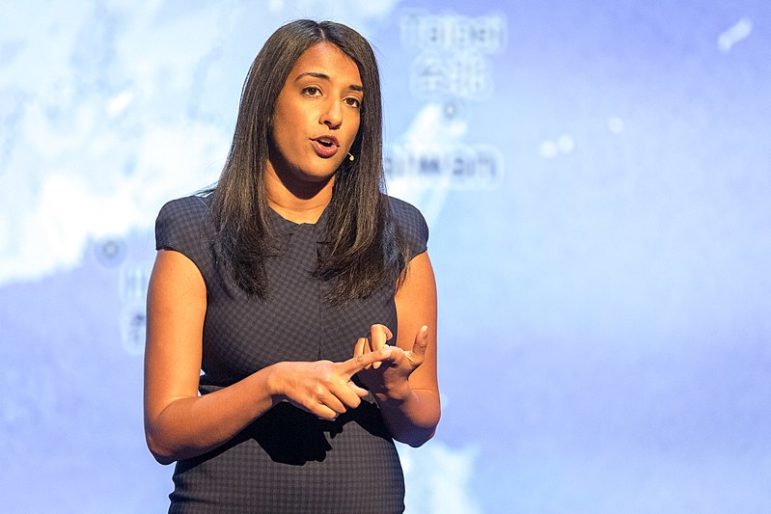

Investigating with Drones, Stone Tablets, and LinkedIn
This video was taken by a drone and then posted on a popular web portal in China. It provides an aerial view of the luxurious home of the son of Zhou Yongkang, the country’s security chief. There’s not much commentary here, just tracking shots of a white, two-story mansion built in the traditional style.
But the real evidence showing corruption in the Zhou family wasn’t dug up by drones.
Instead, it was names etched on tombstones in a village in China’s Jiangsu Province that allowed reporters to find the corruption trail. In China, names of family members, living and dead, are recorded on stone tablets in family burial plots. As Michael Forsythe and his team of New York Times reporters recounted recently, that’s how they found the names of Zhou’s first and second wives, his two sons, his brothers and in-laws.
Despite all the wonders of the digital era, a lot of information that journalists need is (still) not online, but in reams of paper gathering dust in government offices – or even in stone tablets in forgotten burial plots. Some of it is not even recorded at all, but resides in people’s heads.
The eureka moment often comes when information from humans or from paper (or stone, as the case may be) is matched with what’s available in digital format. In the case of Zhou, what the Times found was a trail of illicit wealth, none of it in the official’s name. That discovery was made by matching the names on the stone tablets with those on corporate records found on the website of the State Administration of Industry and Commerce, the government agency that keeps track of companies. They got paper records from the agency as well.
As they wrote in a blog post earlier this month:
These records often contain breakdowns in shareholdings by companies and individuals, and the holdings of relatives of senior Chinese leaders are available for anyone to see — if you know what to look for. Paper records obtained from the administration can hold further detail on shareholder meetings, identification card numbers, company investments and financial performance.
By examining such records, The New York Times found that three of Mr. Zhou’s relatives — a sister-in-law, Zhou Lingying; his eldest son, Zhou Bin; and the son’s mother-in-law, Zhan Minli — hold or have controlled stakes in at least 37 companies scattered across a dozen provinces….
All told, these investments are worth at least 1 billion renminbi, or about $160 million. But that estimate almost certainly understates the family’s wealth.
As I’ve written here, so much information on the wealth of officials is available online – if you know where to search and what you’re looking for. That information, much of it in publicly available corporate disclosures, is often detailed and authoritative enough to enable fairly accurate estimates of an official’s accumulated assets.
That’s certainly the case for China, where reporters using corporate and land records online and offline have had a field day investigating the wealth of those in the highest reaches of officialdom. These include the former prime minister, Wen Jiabao ($2.7 billion in investments), and the current one, Xi Jinping (in the hundreds of millions), and their extended families.
 That’s true of even more secretive societies like Iran. Late last year, Reuters reporter Steve Stecklow and his team published an investigative series that revealed how Setad, a little-known organization linked to the Ayatollah Khamenei, built a $95-billion business empire largely through the confiscation of private land owned by ordinary citizens, most of them religious minorities, expatriates and business people.
That’s true of even more secretive societies like Iran. Late last year, Reuters reporter Steve Stecklow and his team published an investigative series that revealed how Setad, a little-known organization linked to the Ayatollah Khamenei, built a $95-billion business empire largely through the confiscation of private land owned by ordinary citizens, most of them religious minorities, expatriates and business people.
The estimate of Setad’s holdings came from public sources: an analysis of statements by Setad officials, data from the Tehran Stock Exchange (which lists share values and the market cap of firms as well as affiliated companies), company websites, and information from the U.S. Treasury Department (also online).
It helped that Stecklow was shown an organizational chart of Setad, which listed the various entities that formed part of the empire. In a recent talk to my investigative reporting class, he said that a key source for that story was an Iranian website that listed real-estate properties that were being auctioned. Reuters scraped the website and found a wealth of real estate listed as being owned – and sold – by Setad.
Stecklow also mined the social networking site LinkedIn for names of people who had some association with Setad. He got in touch with nearly each one he found. He traveled to Turkey to speak with Iranian refugees, including those whose land had been forcibly seized by the regime.
He summed up the methods he used in this interview:
This series involved everything from knocking on doors in Turkey to scraping data off websites to tracking down people via LinkedIn. In many ways, it was like a lot of investigations I’ve worked on, only it took longer. The key is finding strong case studies and anecdotes, and documenting them.
In the end, investigative reporting is really about collecting information from every possible source – and then connecting the dots.
 Sheila Coronel is director of the Stabile Center for Investigative Journalism at Columbia University, and is the former executive director of the Philippine Center for Investigative Journalism. This is reprinted from her blog, Watchdog Watcher.
Sheila Coronel is director of the Stabile Center for Investigative Journalism at Columbia University, and is the former executive director of the Philippine Center for Investigative Journalism. This is reprinted from her blog, Watchdog Watcher.









